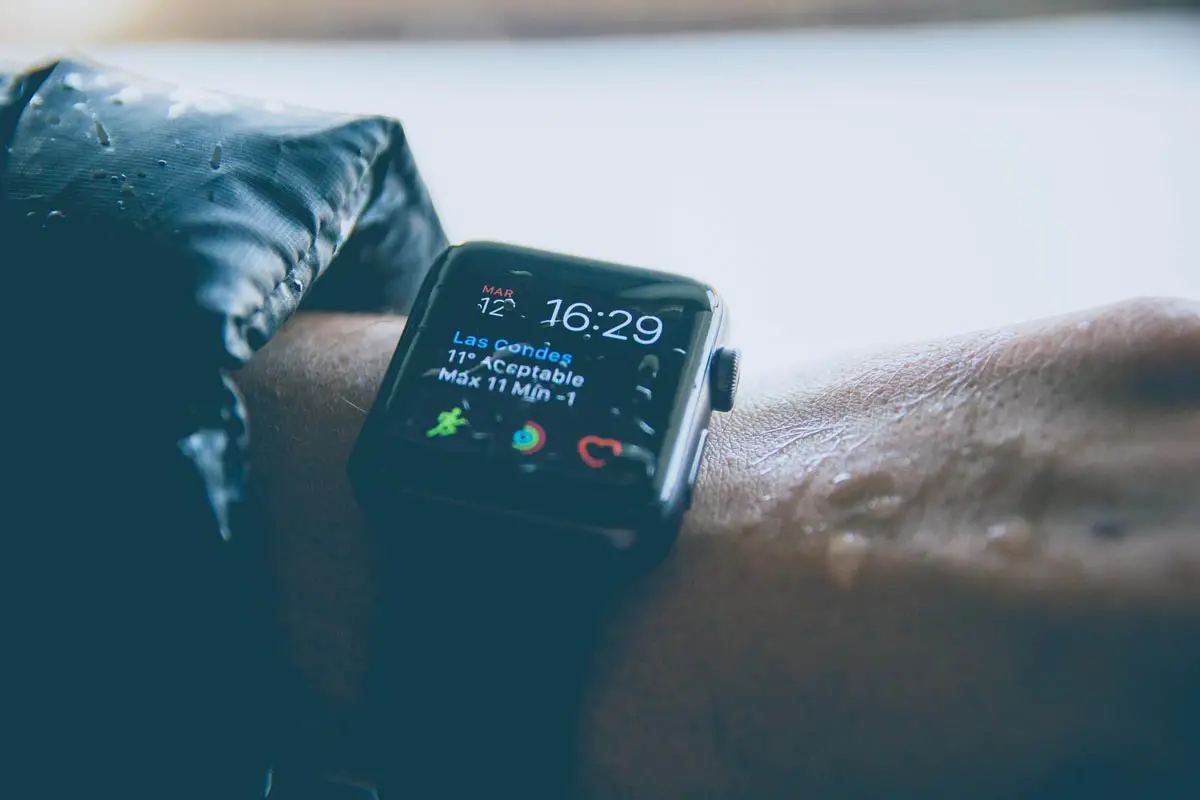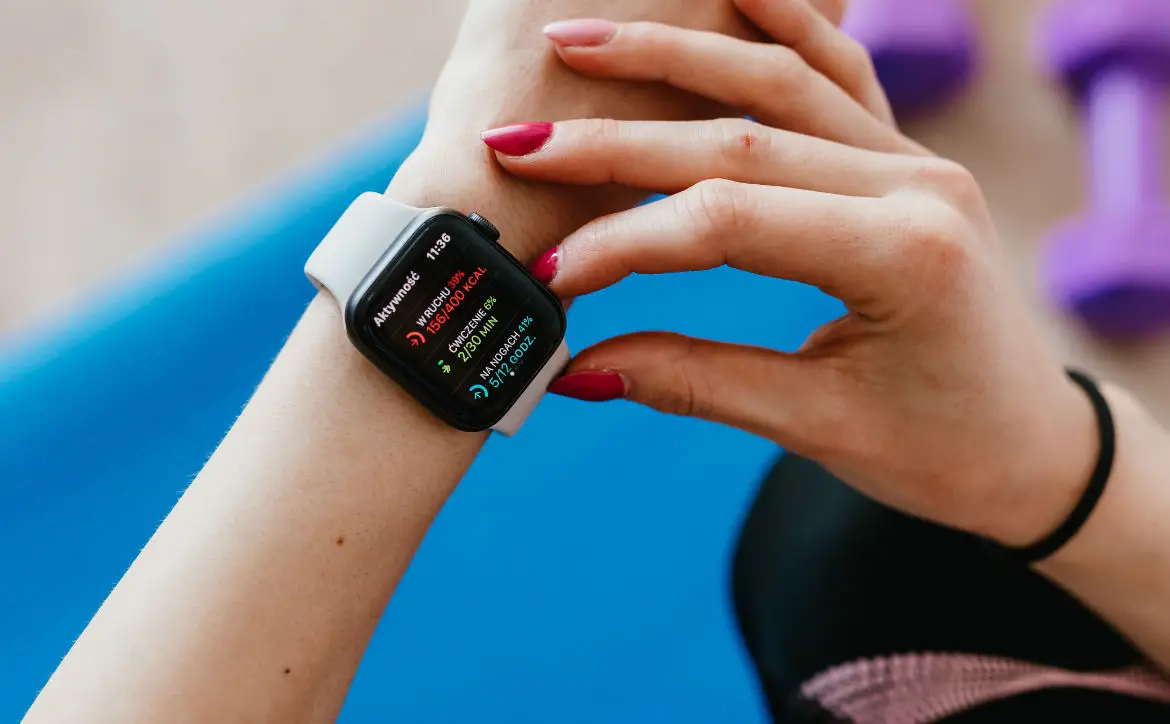The COVID-19 pandemic caused rapid growth in the wearables health technology industry that’s set to change the way we monitor and maintain our health forever.
Estimated reading time: 5 minutes
As Sunny Rao, SVP of Global Sales of Vonage, explains, a “permanent shift in consumer preferences” has created an increased consumer uptake of telehealth services. This means that, in Asia alone, “digital health services are expected to create up to $100 billion in value by 2025”. This reality is reflected in recent surveys, where millions of Americans report owning wearable technology.
But, for consumers interested in wearables, it can be hard to know where to start. So, here’s a quick introduction to the latest tech wearables to help regulate your health.
Exercise and Activity
Wearable technology has been available in the exercise and fitness industry for a while now. Early models of wearables included pedometers that counted your steps using a mechanical pendulum that “clicked” every time you step. Fortunately, wearable technology has come a long way since then and now allows you to get a fuller image of your overall activity levels and fitness.
Choosing the best wearable tech for you will depend on the kind of activity you are doing and the data you wish to collect. The most popular option comes in the form of watches like those offered by Fitbit and Garmin. These watches go beyond tracking your heart rate and can monitor your heart rhythm, blood oxygen levels, and physical stress signals. This helps you track and monitor your overall health, and gives you a better chance to recover adequately if you’ve been pushing it hard in the gym or when running.
While most folks wear watches or bracelets on their wrists, more companies are offering straps that can slip over your chest or around your arm. These work much the same as watch-like products but maybe better for folks who plan on playing contact sports or prefer to wear an analog watch on their wrist.
Easy-to-wear options like chest straps are also preferable if you struggle to stay on track with healthy habits during the weekend. Plenty of people drink too much and move too little during the days off, but tracking health data can help motivate you to get off the couch and move more — even if it’s just a trip to the grocery store to purchase healthier foods.

Sleep and Wearables
Most people think of sleep as a time without technology and smart devices. But, in reality, wearables have the potential to improve the quality and quantity of your sleep. This is important, as sleep is the time when our bodies recover from a hard day’s work, and a lack of sleep can affect your hormones and raise your cortisol levels. Over time, this can dampen your immune system and lead to weight gain.
In the past, if you suffered from poor sleep, you had to visit a lab to get an accurate assessment of your sleep schedule. But, wearable tech can replicate lab-like conditions and give you data-driven insights into the depth and length of your sleep. Even if you don’t like the idea of wearing a device during the night, you can now purchase health trackers that lay between your top sheet and mattresses like Withing’s Sleep Tracker and Tempur-Pedic’s AI sleep monitor. These devices are noninvasive and can help optimize your sleep for a healthier life.
Underlying Health Conditions
Wearables today are connected to the Internet of Things (IoT). This means that your smartwatch, chest strap, or bracelet is connected to a host of other devices in your home and beyond. While this might sound a little too intrusive for some, the reality is that the future of wearables will utilize a wider system of monitors and devices and this interconnectedness will only improve their efficacy.
Having a wearable watch that automatically dims your lights or controls your TV may make you feel like Tony Stark, but the biggest benefit of wearable tech is that it helps spot and regulate underlying health conditions like diabetes or a heart condition. Your doctor, who has access to your vital signs via your wearable tech, will be able to spot things like fluctuations in blood oxygen levels, arrhythmic heartbeats, and prolonged raised stress. Using these vital signs, they will be able to make more accurate predictions and diagnoses and can suggest treatment courses based on the data supplied by your watch or chest strap.
Advancements in wearable tech and the IoT is particularly good news for folks who are already suffering from conditions like diabetes. Wearable tech like those supplied by Dexcom and Garmin offer free downloads on their devices that track users’ blood glucose levels in real-time and present data on watches instead of via the usual, time-consuming, pumps. At the moment, this technology is only available in the US, but it won’t be long until you can expect everyone to benefit from the increased monitoring capability that wearable tech provides.
Conclusion
Wearable tech promises to change the way you look after your health. Watches and bracelets can give folks with diabetes a real-time indicator of their blood glucose levels, and chest straps and smart sleeping pads offer an unobtrusive alternative if you want to stick to your analog watch or don’t like the idea of wearing a piece of tech when you turn the lights off at night.
What do you think? Please share your thoughts on any of the social media pages listed below. You can also comment on our MeWe page by joining the MeWe social network.










